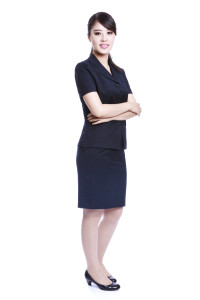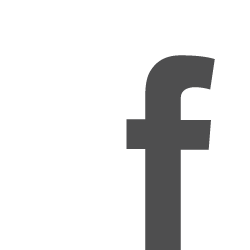Women's Interview Attire: The Suit
If you’re searching for a job, I’m sure you’ve run across the advice “dress professional.” However, there was one problem I found when I was prepping for my first career interview: what does “dress professional” mean and what does that really look like?
I’m going to break down proper interview attire, one step at a time.
When deciding on your interview attire, above all, you want to avoid distracting the interviewer. After all, you’re trying to get a job based on your skills, not on your ability to adhere to the latest fashion trends. So remember when it comes to dressing professionally, simple is better.
In an interview, you want to appear well put together, and one of the easiest ways to do that is to wear a suit. If you don’t have a suit or are unsure if a suit is the best choice, keep in mind that not all companies or job positions will require one. Don’t be afraid to ask the recruiter what attire would be most appropriate. If the answer is a suit, it’s time to find the best one for your interview.
If you’ve never bought a suit before, it can be intimidating. There are so many different styles, cuts, and colors that it’s easy to get overwhelmed. So let’s break down the key elements of the suit.
Let’s begin with color. A few suit colors are safe to wear to an interview: navy, dark charcoal, and black. Keep to a solid color or faint pinstripe. A boldly patterned suit or wild color can be a distraction.
The next question to ask yourself is “pantsuit or skirt suit?” Traditionally, a skirt suit is thought to be the more professional look between the two, but you should wear what makes you feel most confident and comfortable.
If you go for a skirt suit, you need to wear something on your legs, such as nude hose or black tights. The skirt length should be at or just above your knee, but make sure you do a visual test when you sit down. Some slits that look fine standing up will be too risqué when you sit down.
If you opt for a pantsuit, you should still wear some form of hosiery. Just like with a skirt, pants length is important. The hem of you pant-line should fall an inch above the end of your shoe’s heel to avoid brushing the ground or causing you to trip.
In addition, your suit jacket should match your skirt or pants. That doesn’t mean you have to buy the pieces together, but choosing from the same brand or clothing line may help you better match colors.
Finally, I recommend you wear a plain blouse under the jacket. If the blouse has a collar, the collar should come over the collar of the suit. While white is the most traditional color to wear, other solid colors that match with your suit or are flattering on you work as well. If you are applying for a more creative job, you can branch out into slightly brighter colors or lightly patterned materials. Ruffles or other raised designs should be worn with caution.
Remember, your goal is to appear clean, polished, and ready to work. By dressing the part, you show the interviewer you are taking the interview seriously and are a professional looking for a career.




















